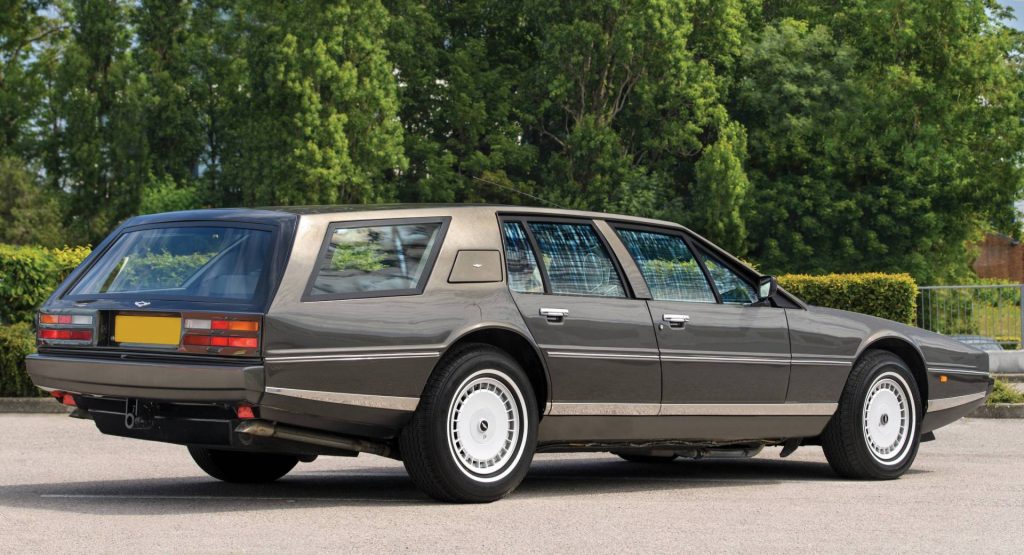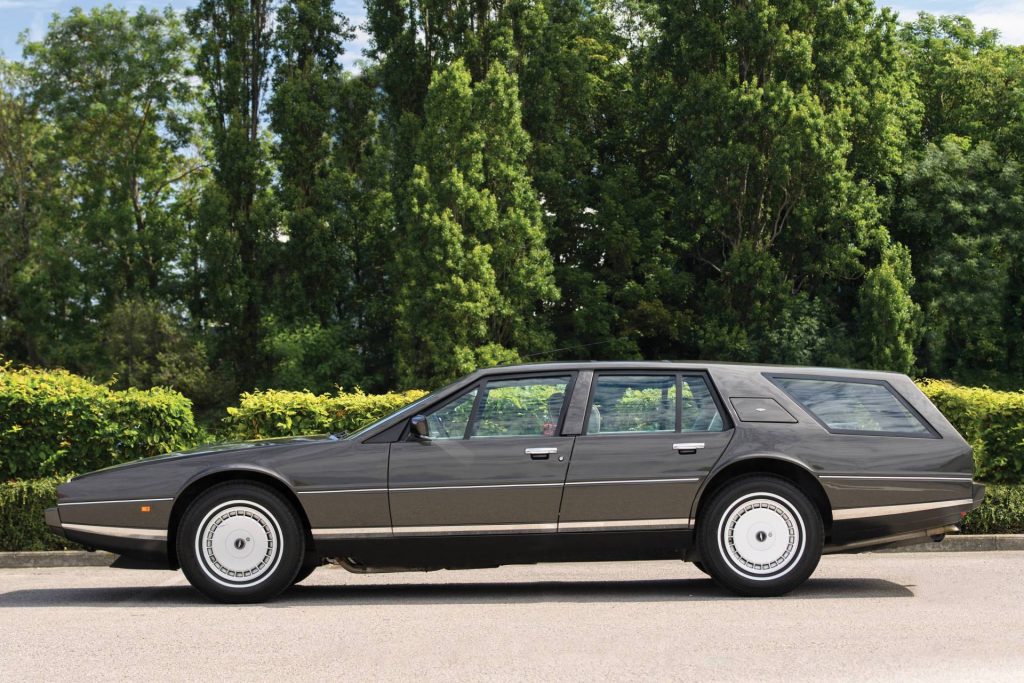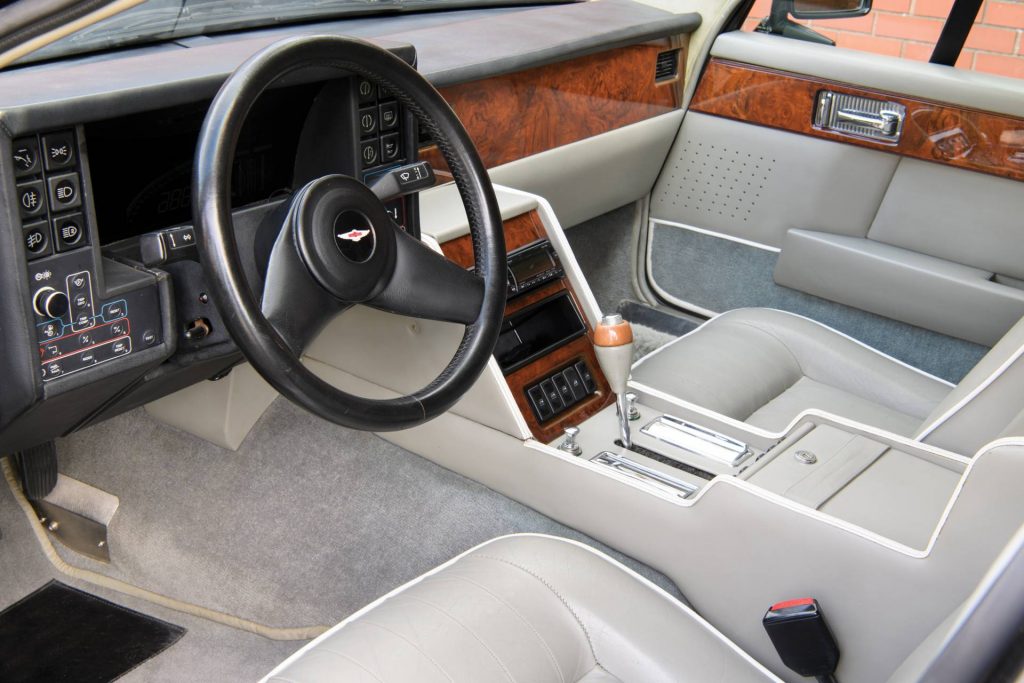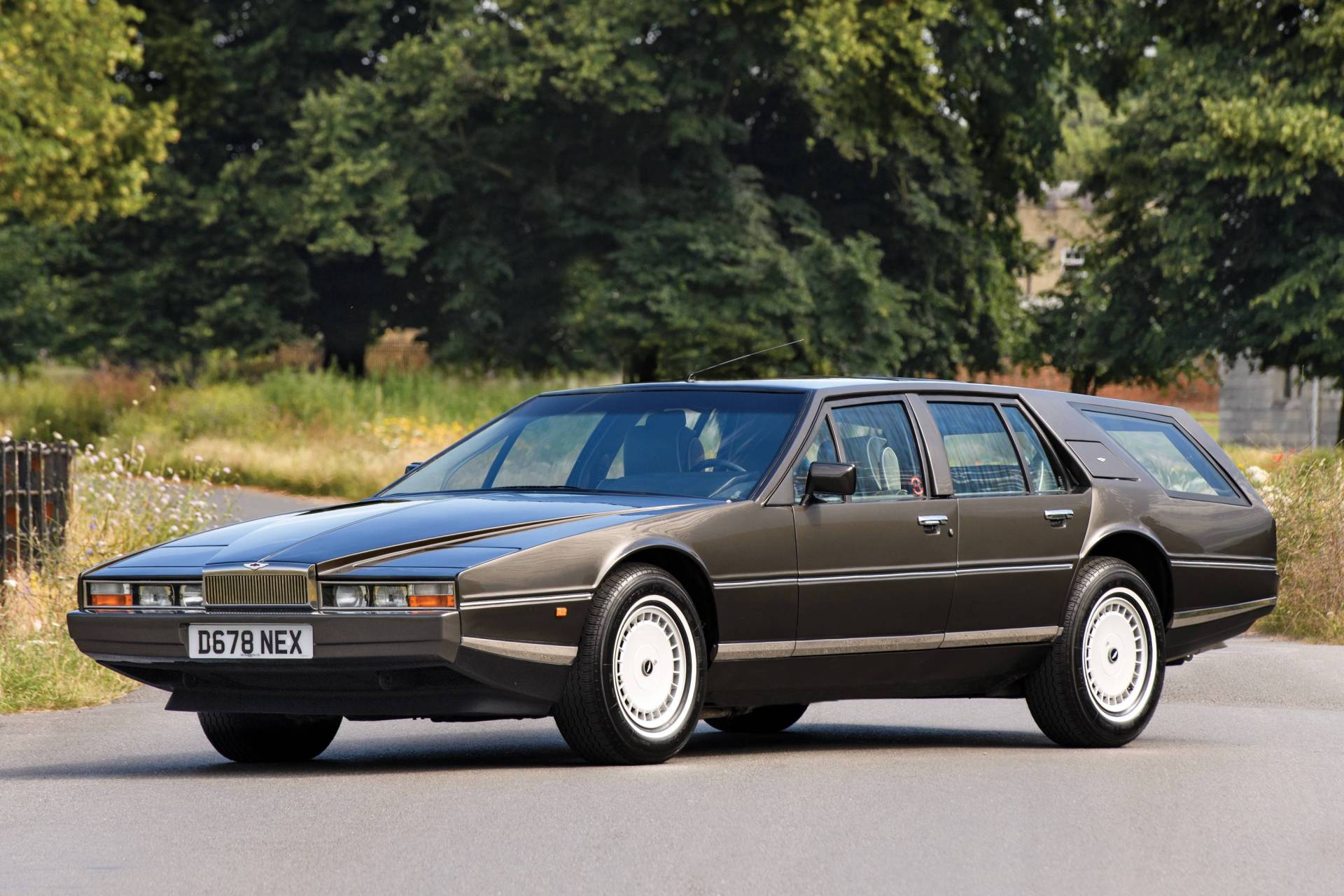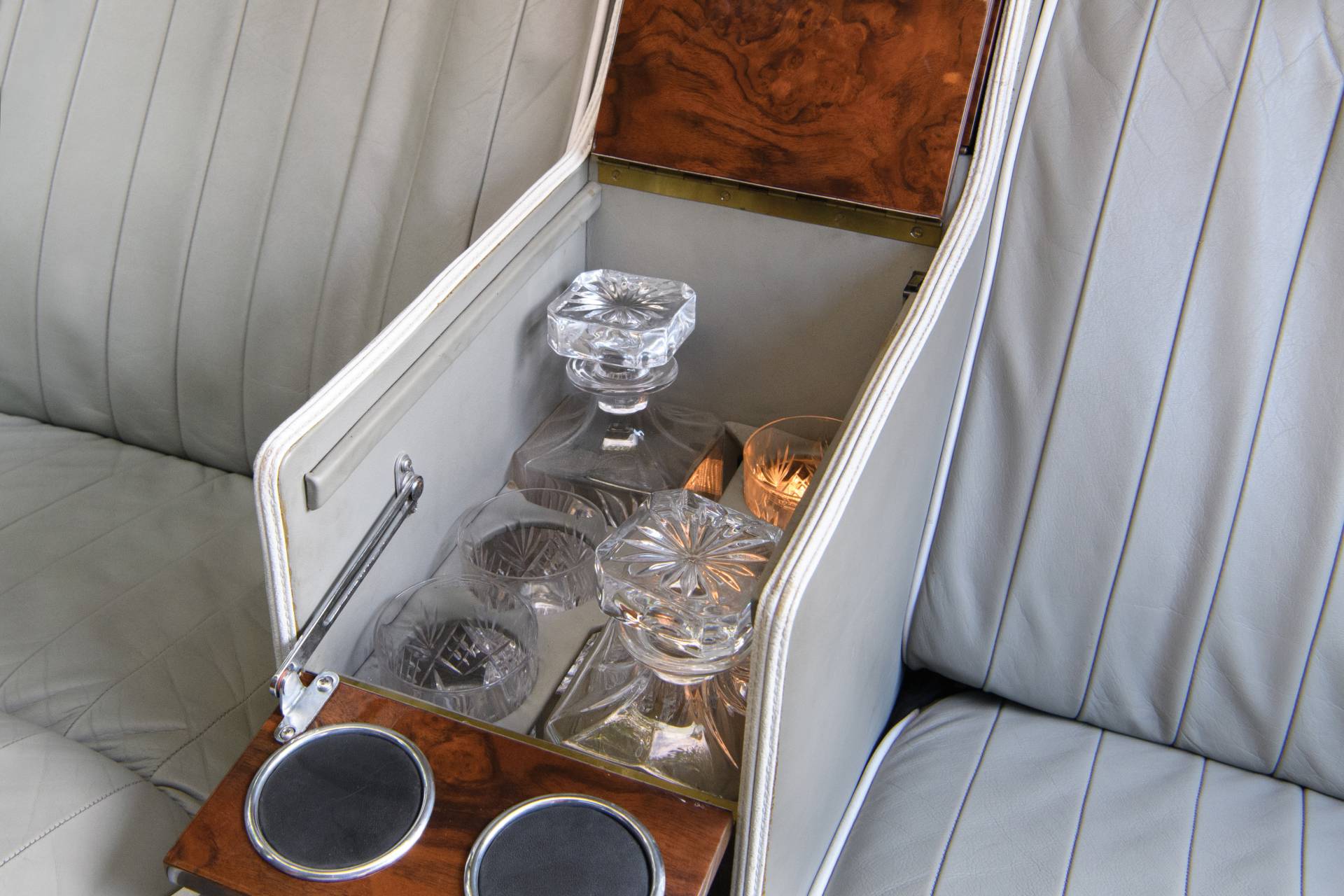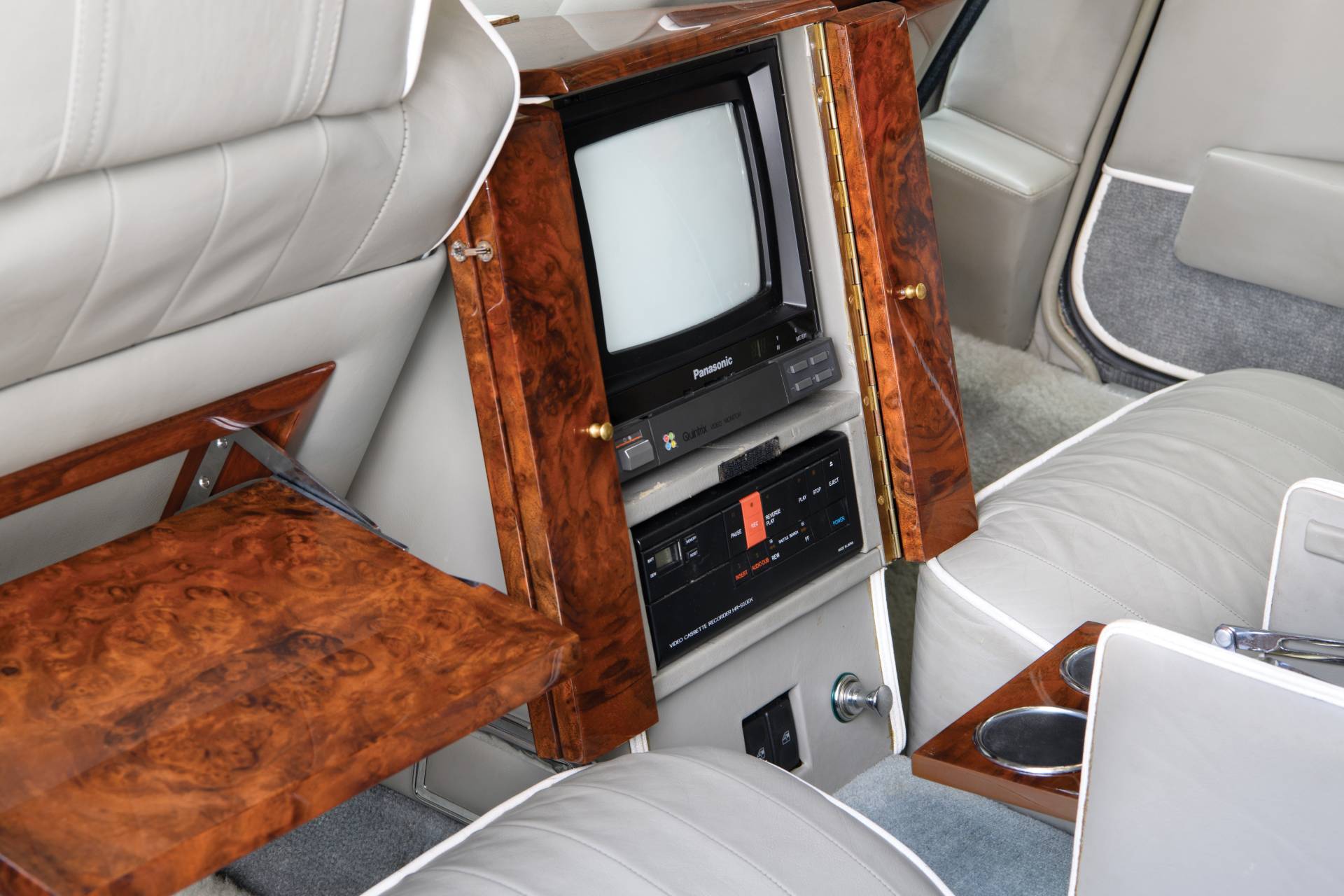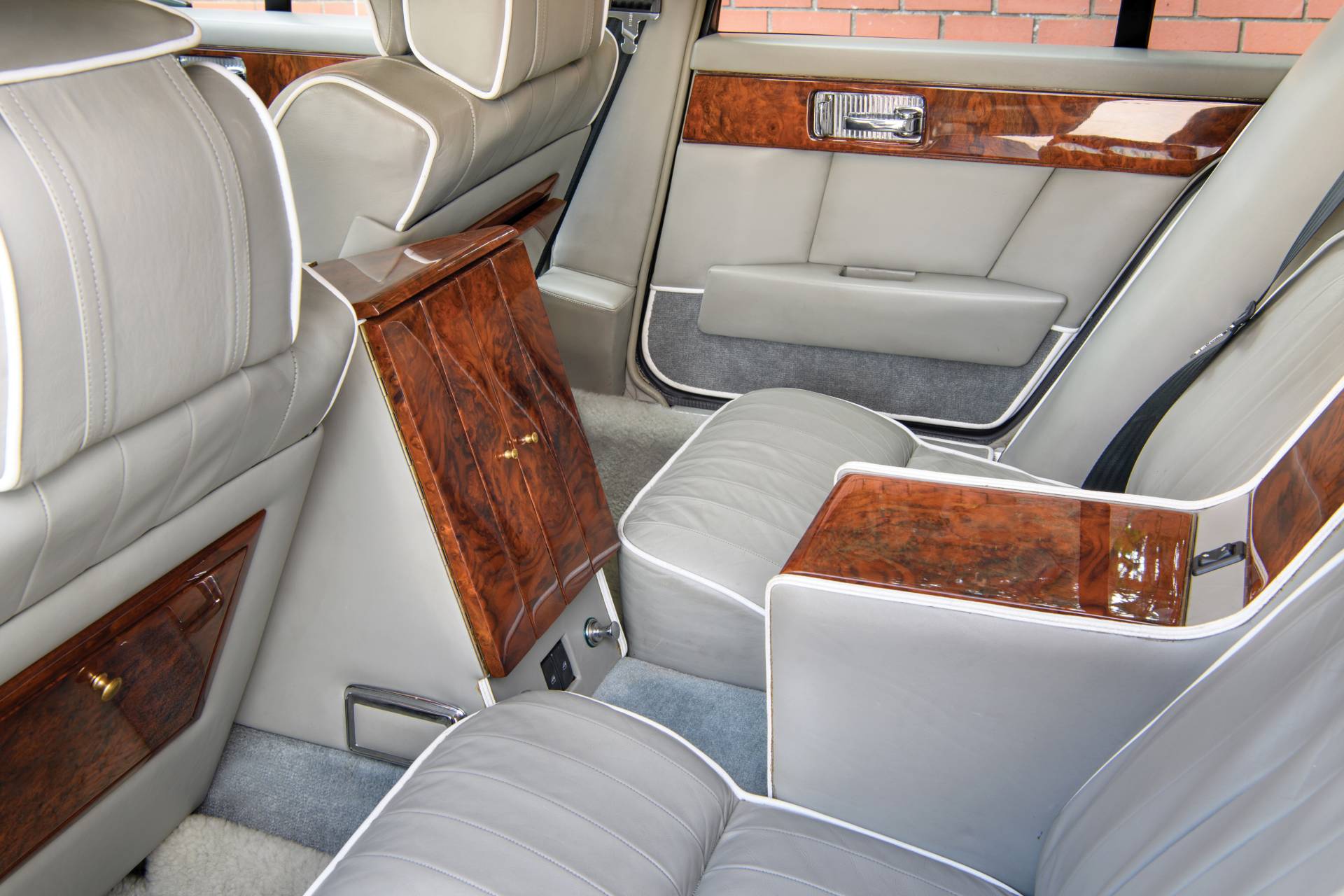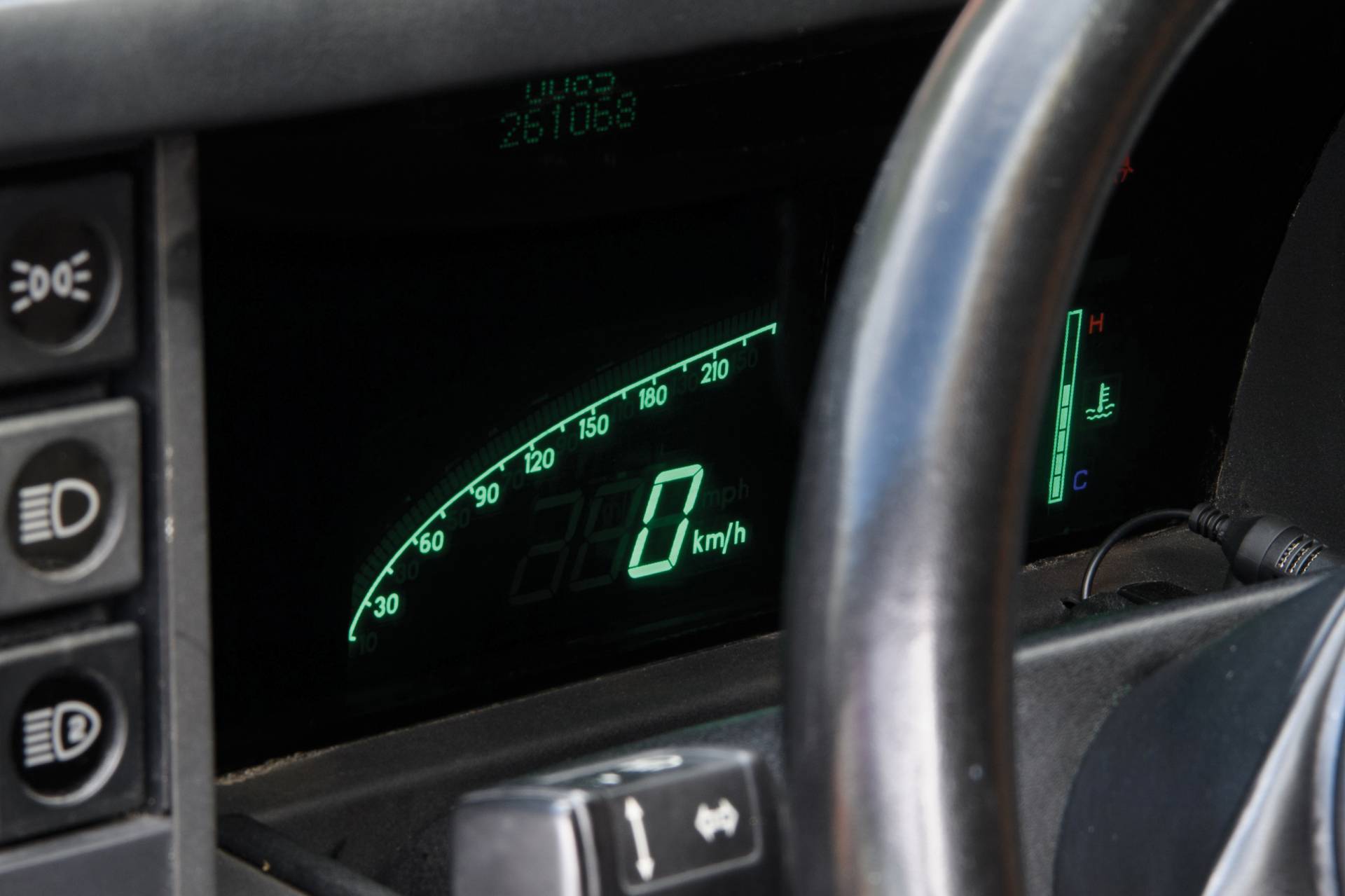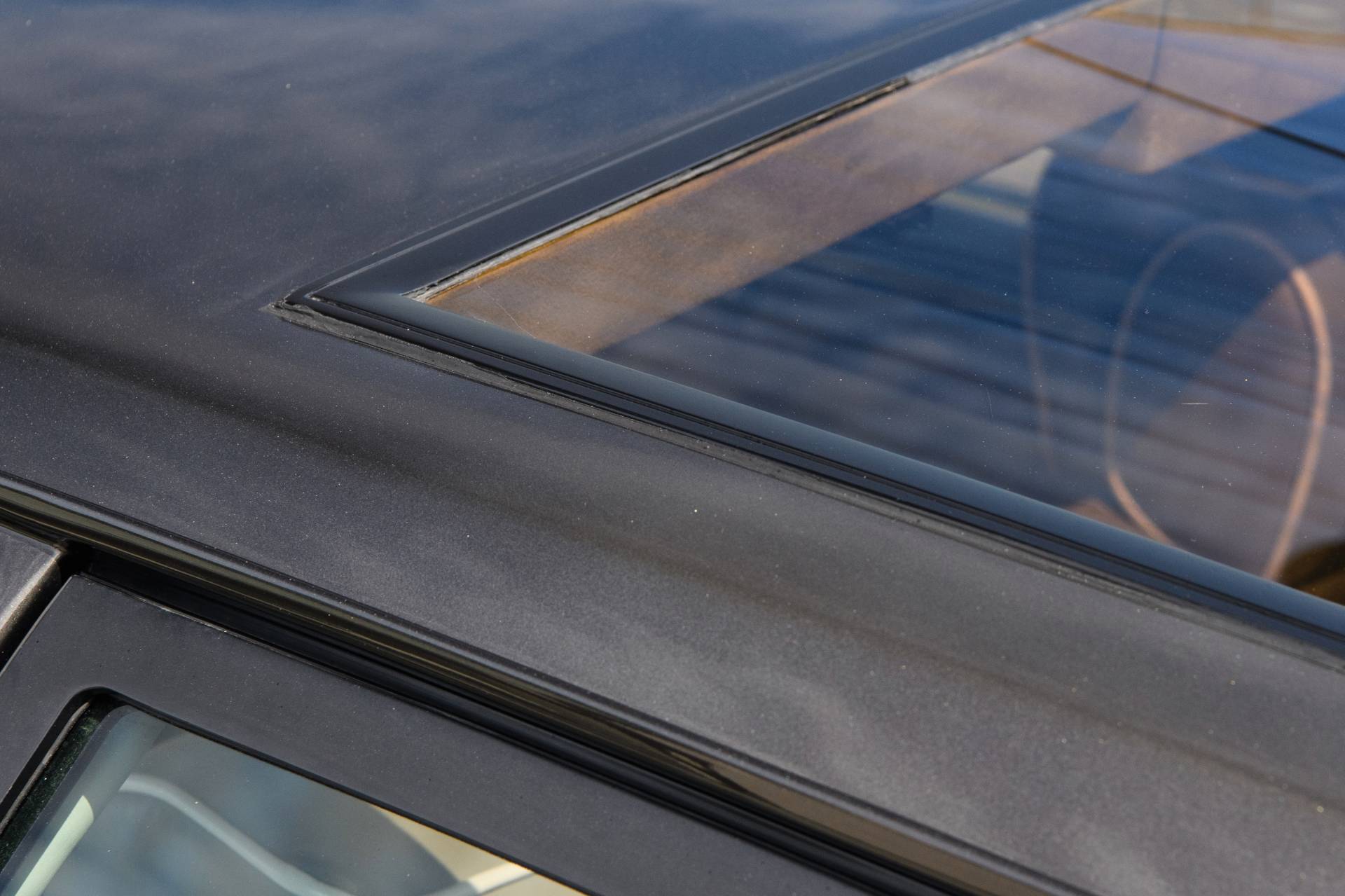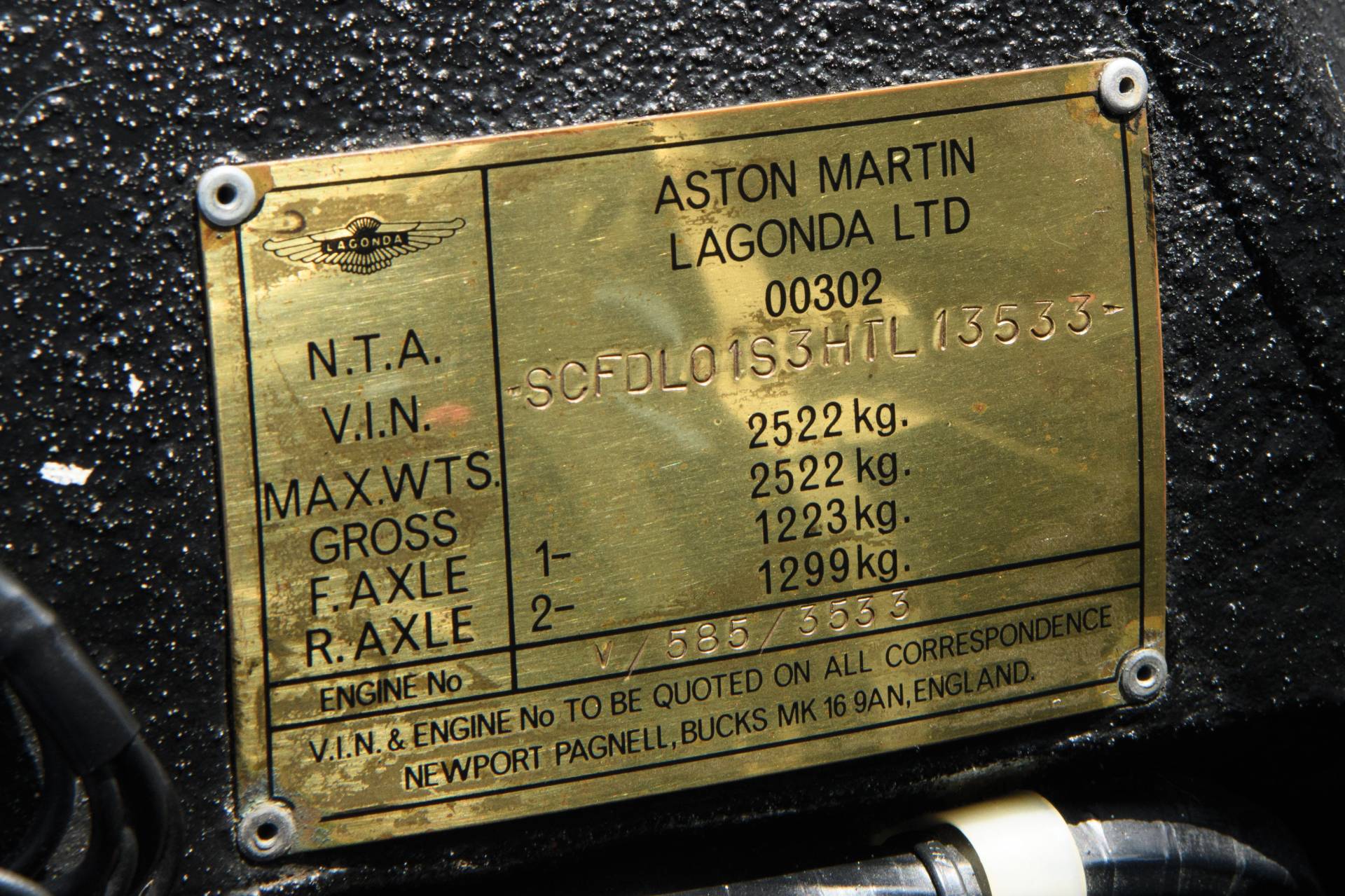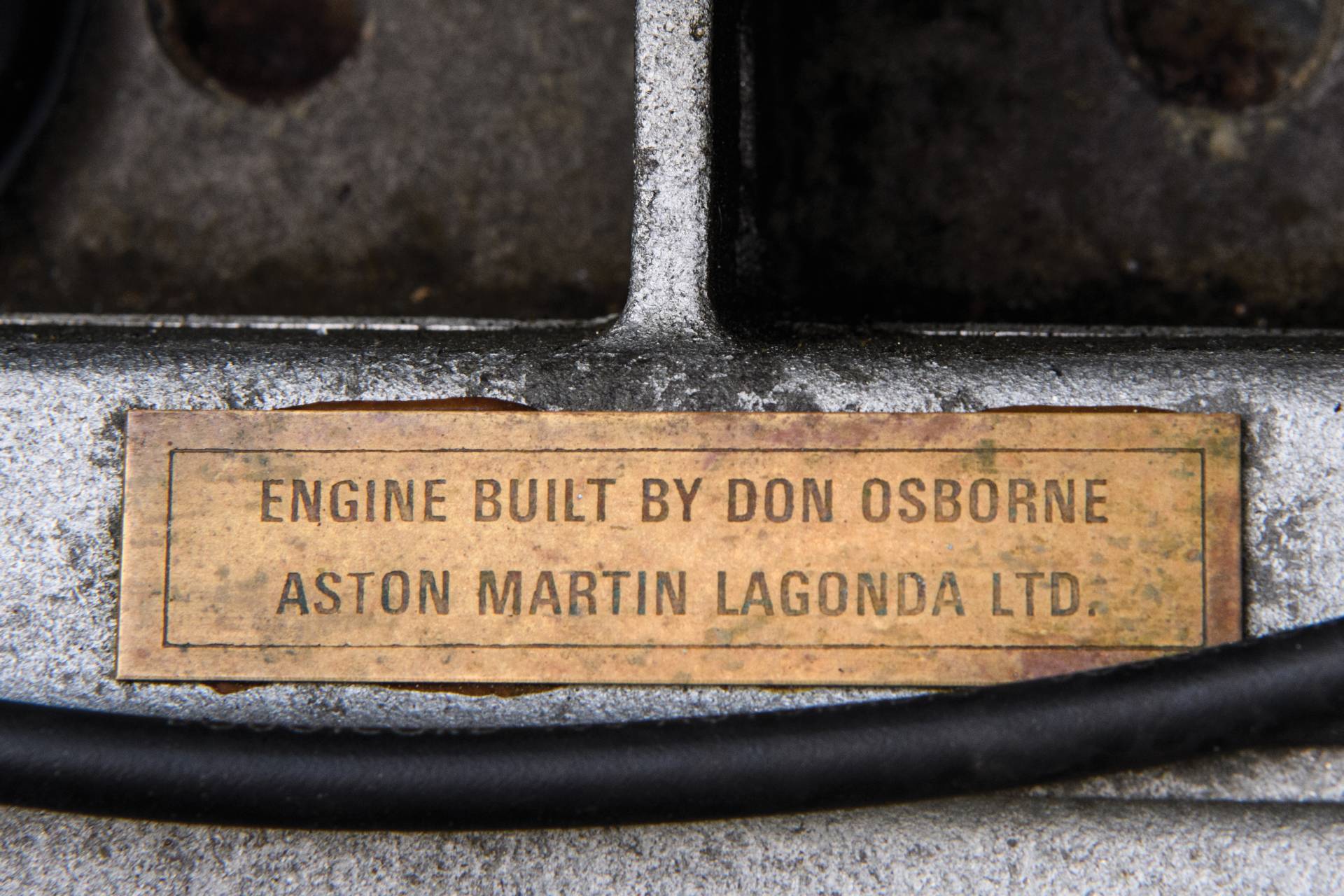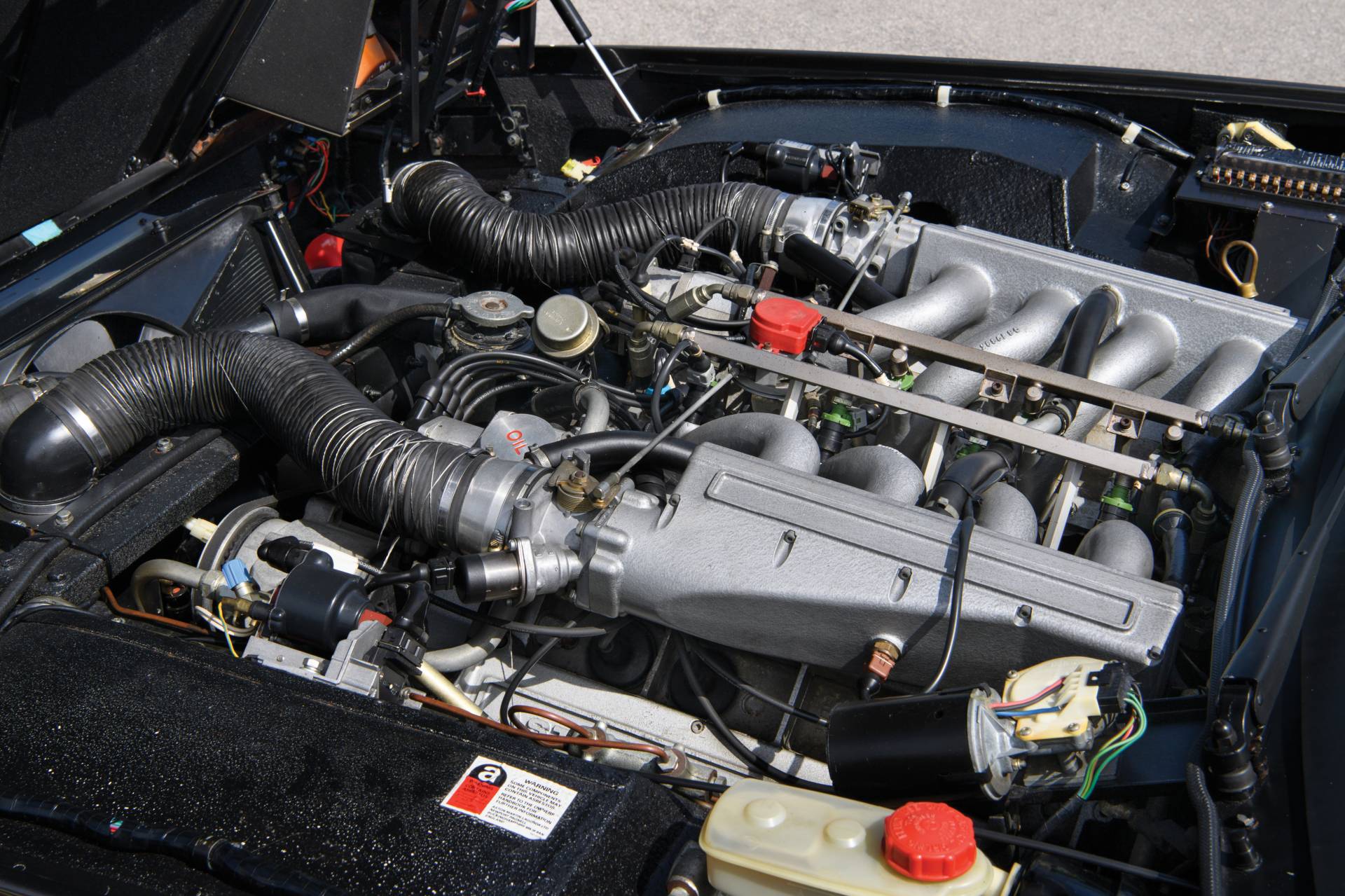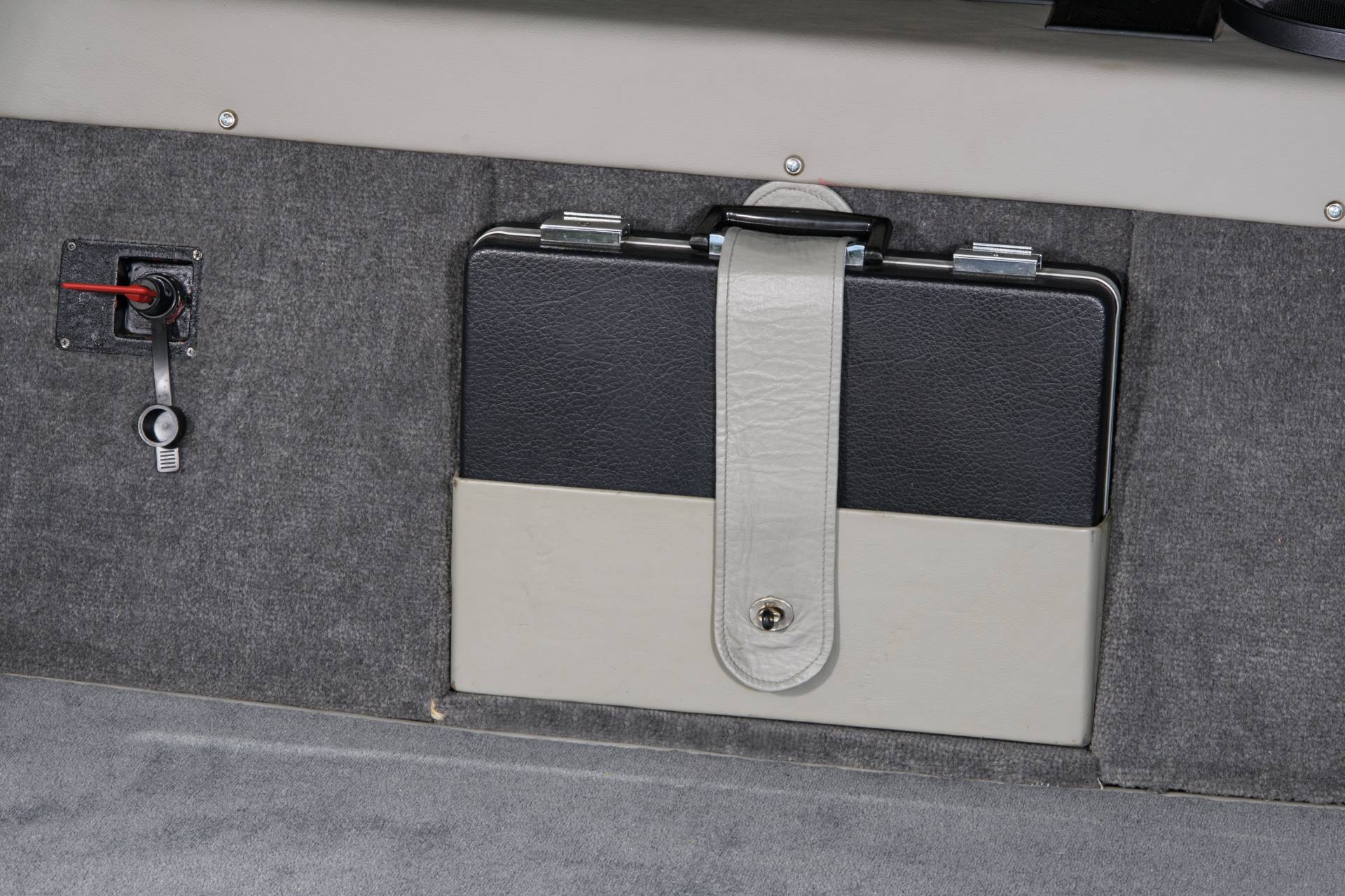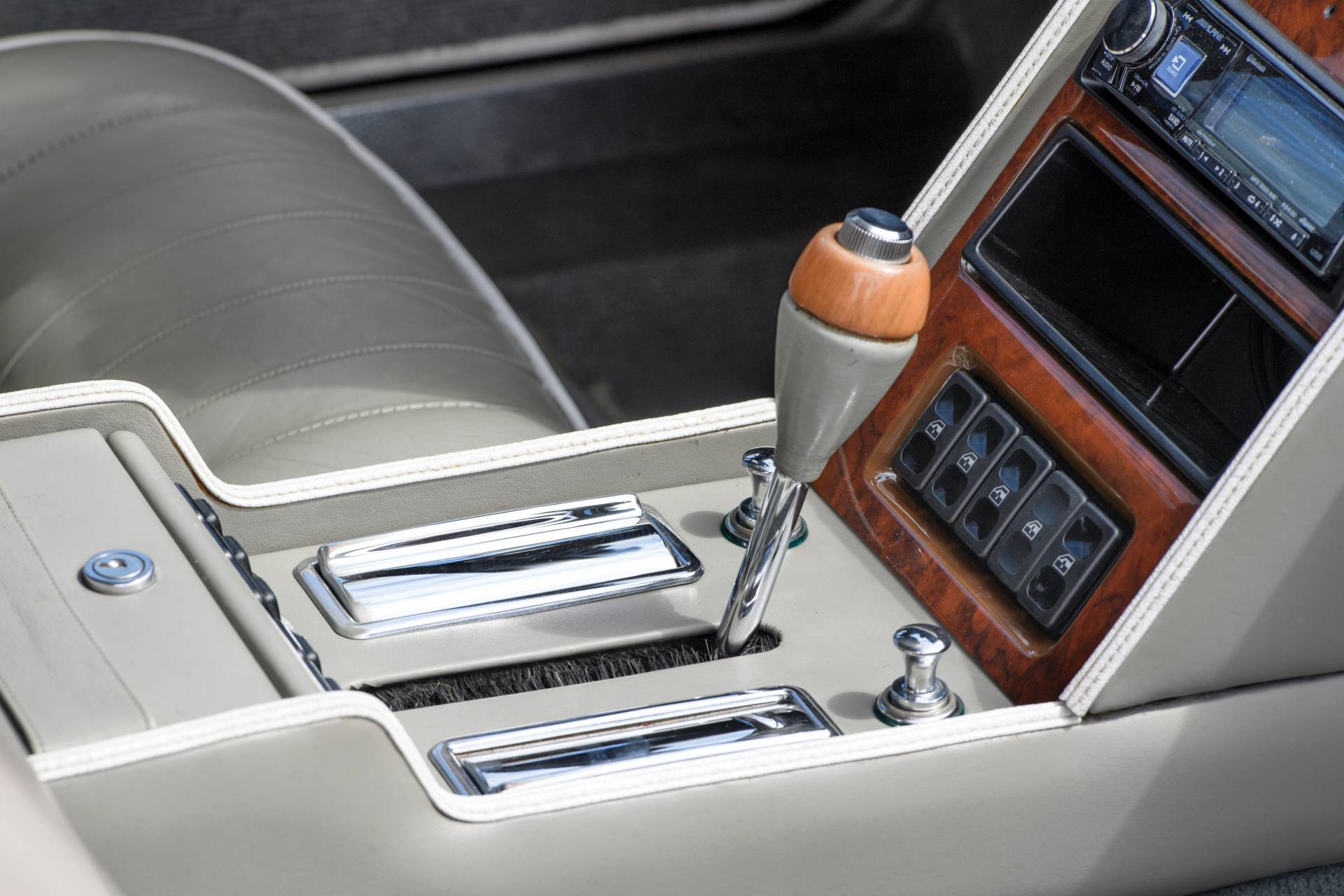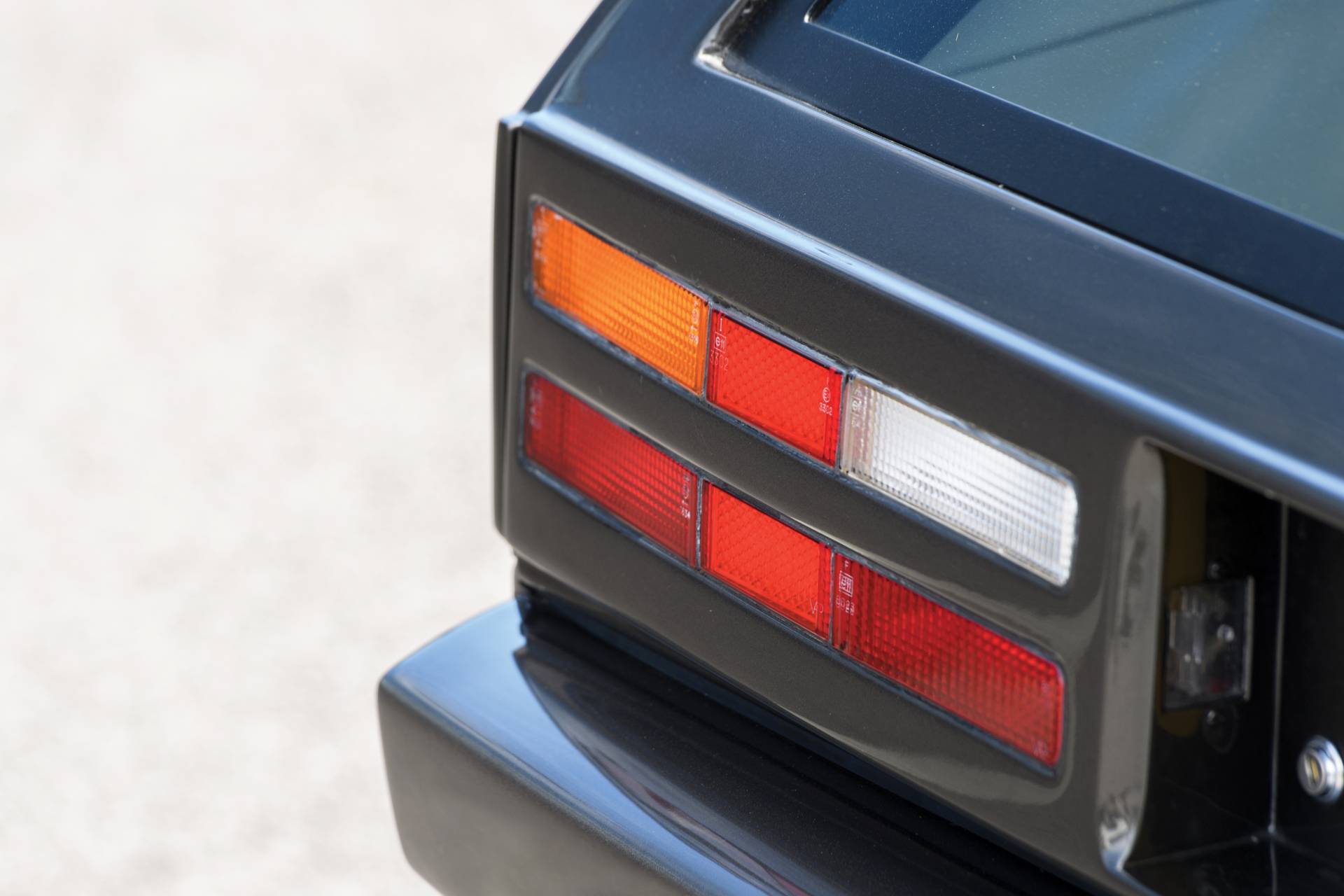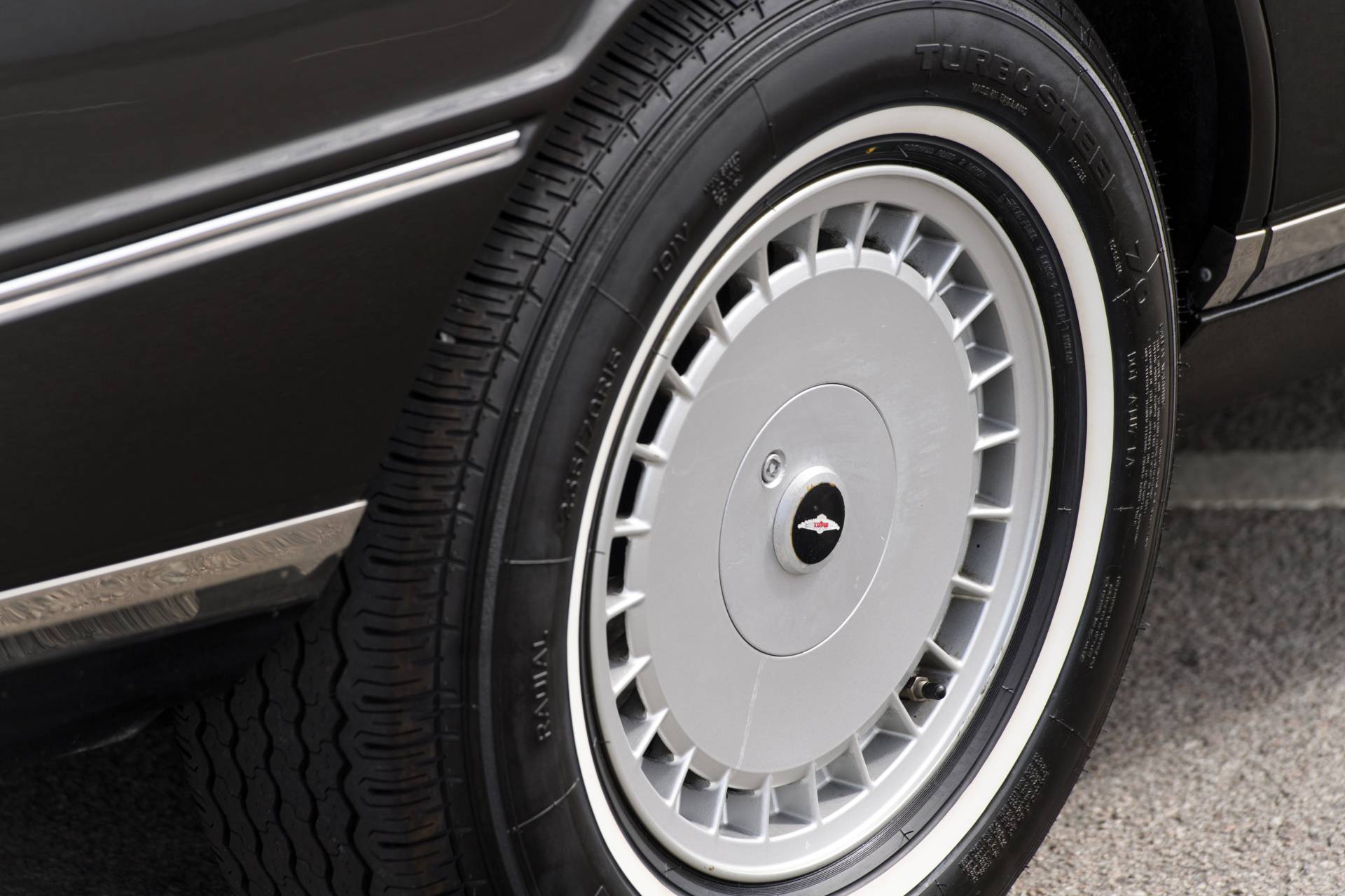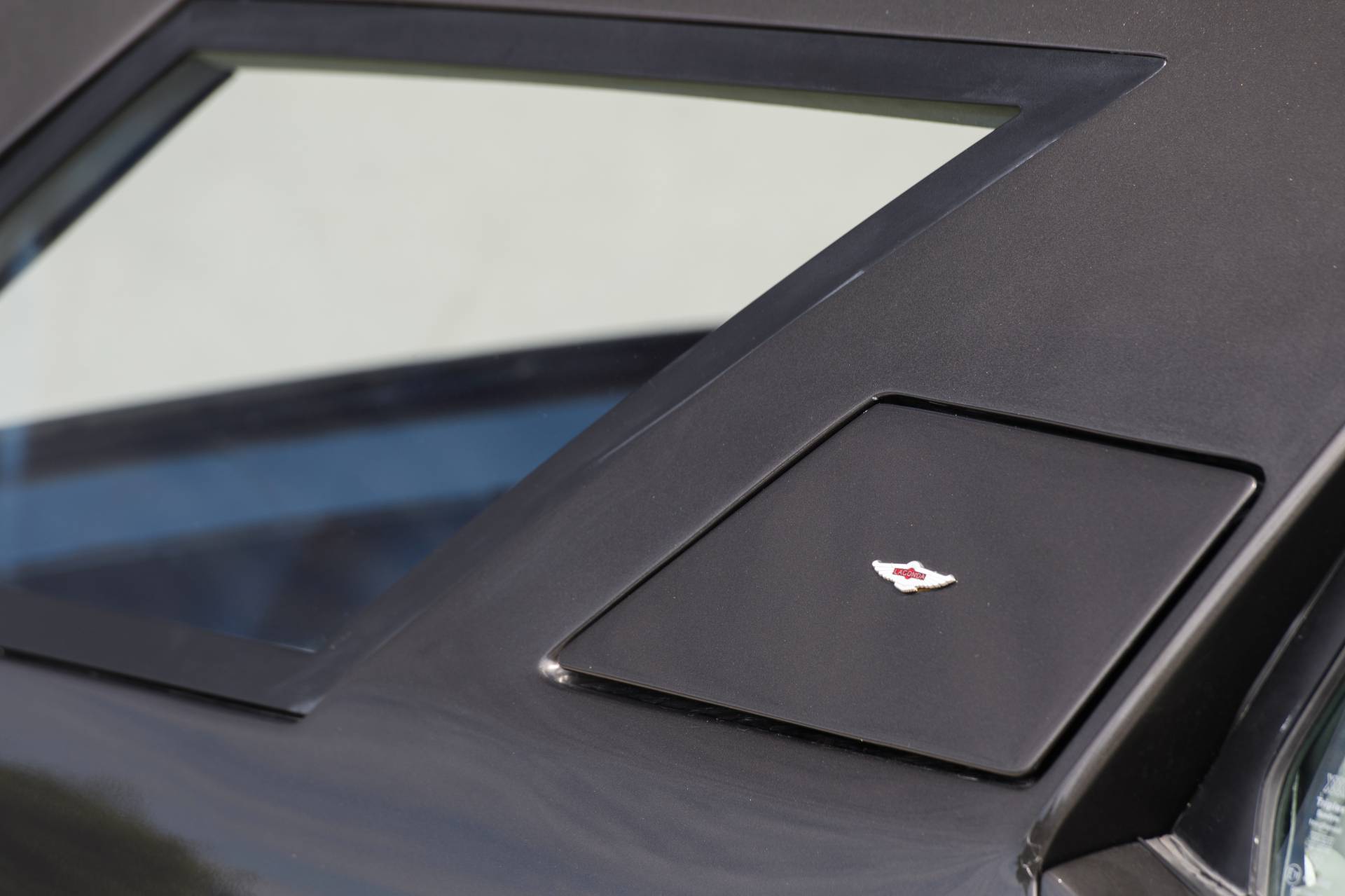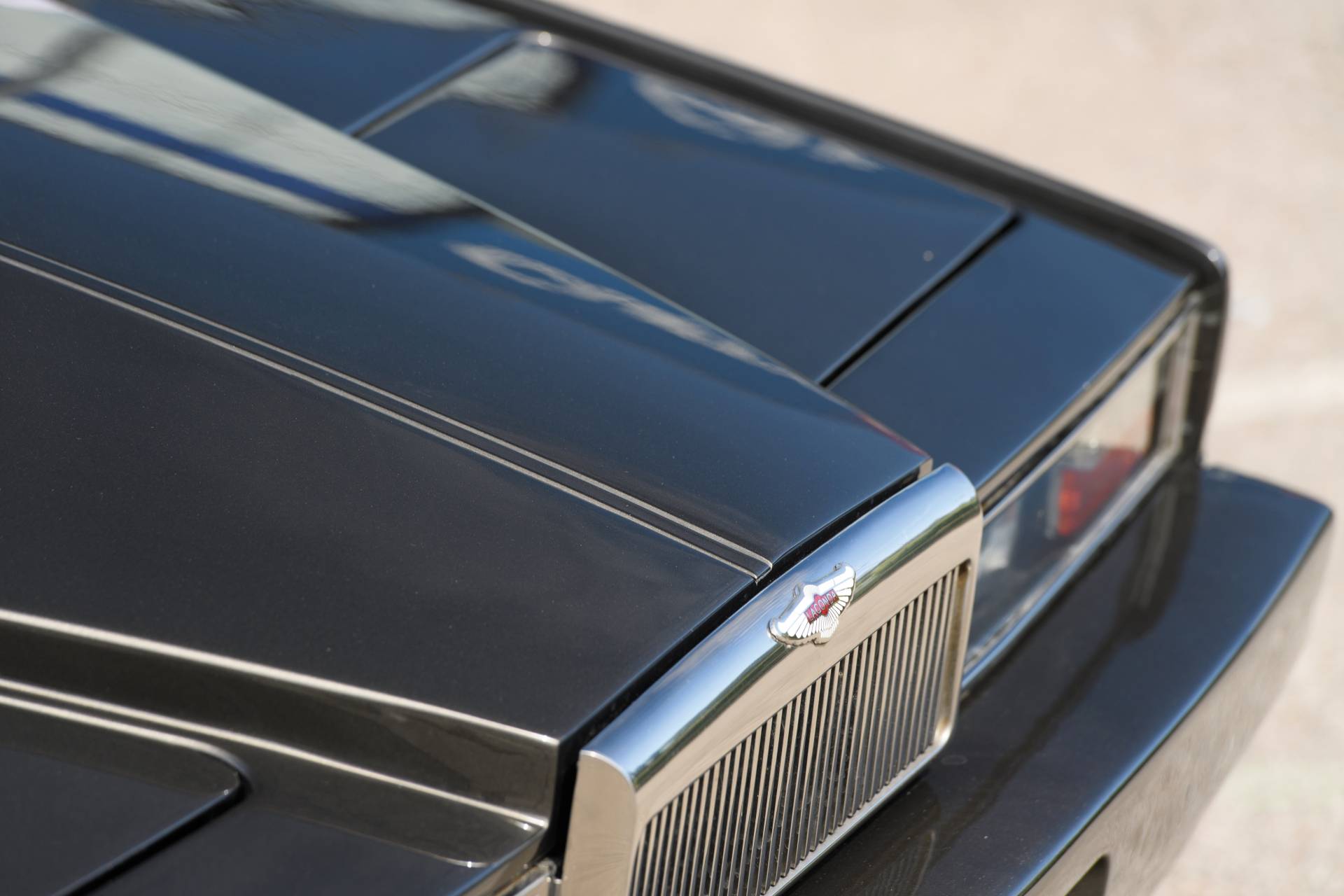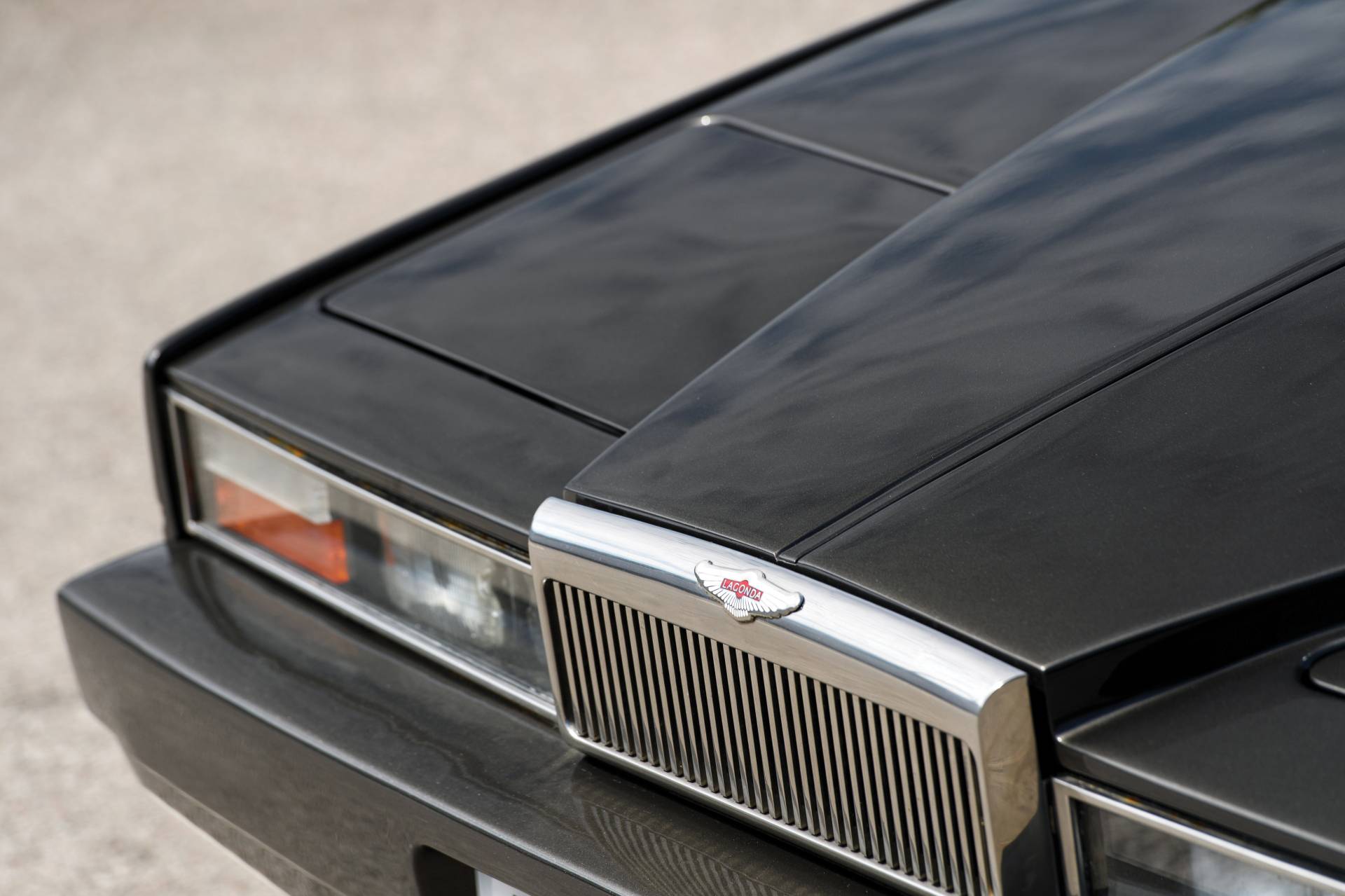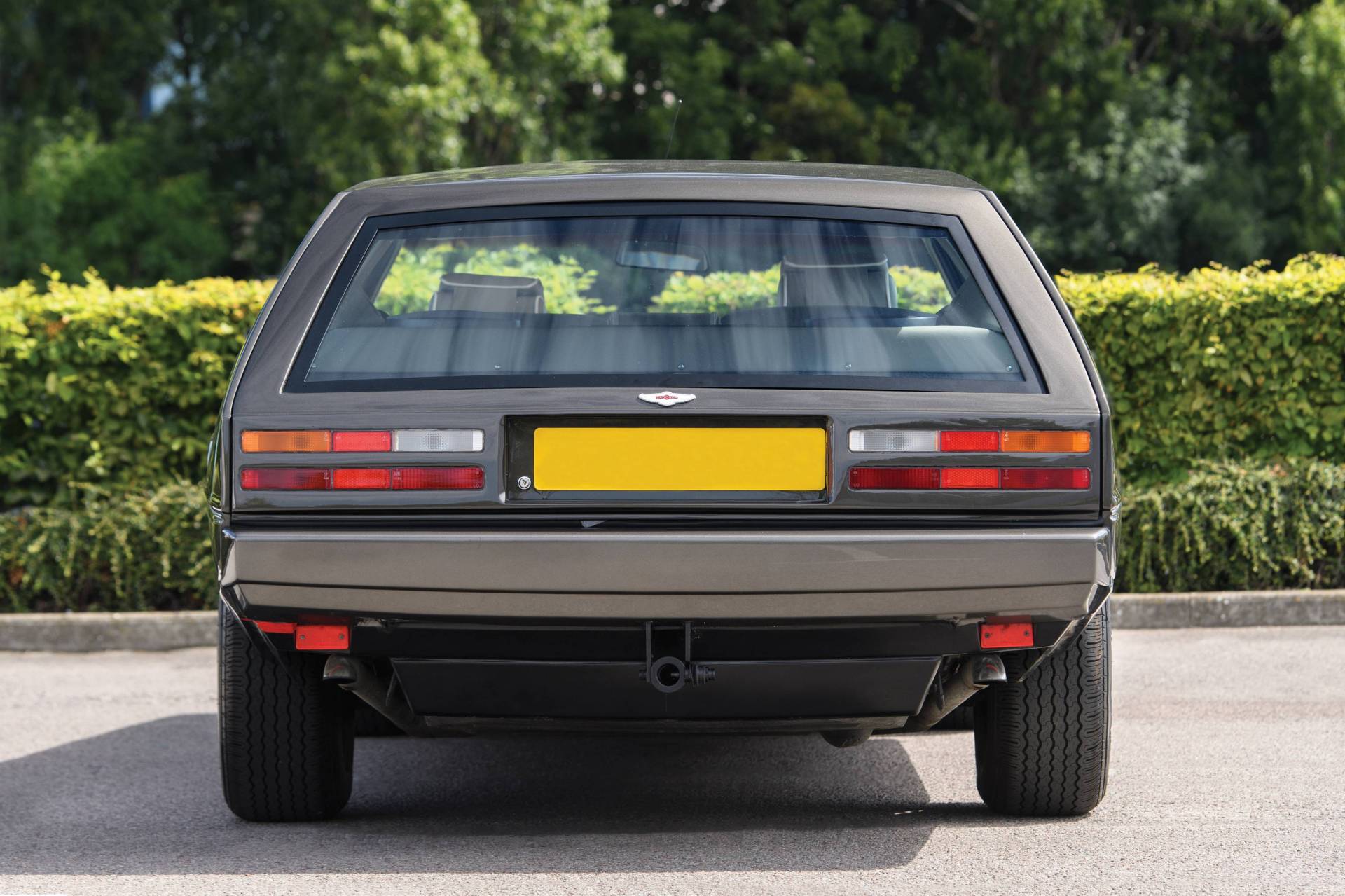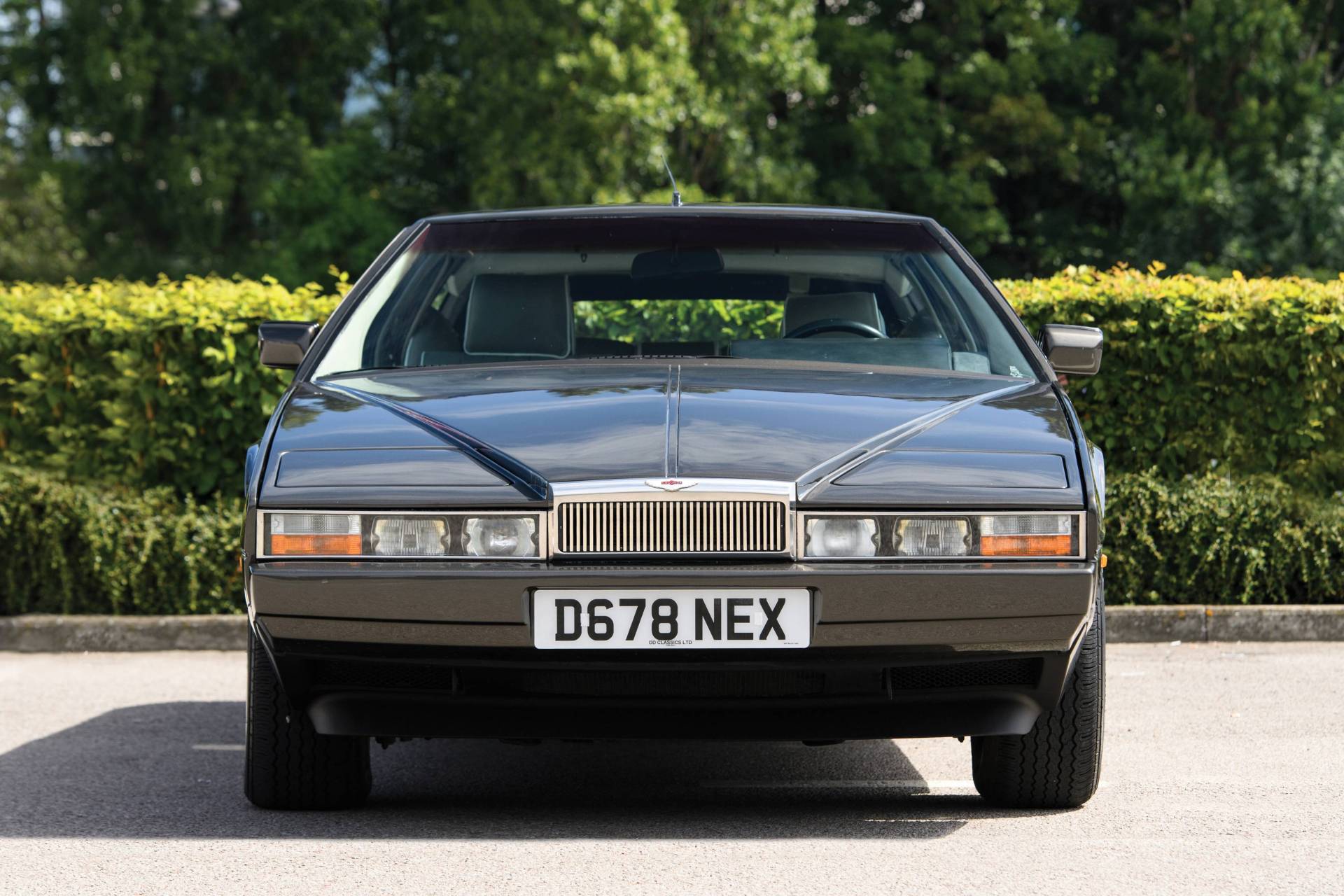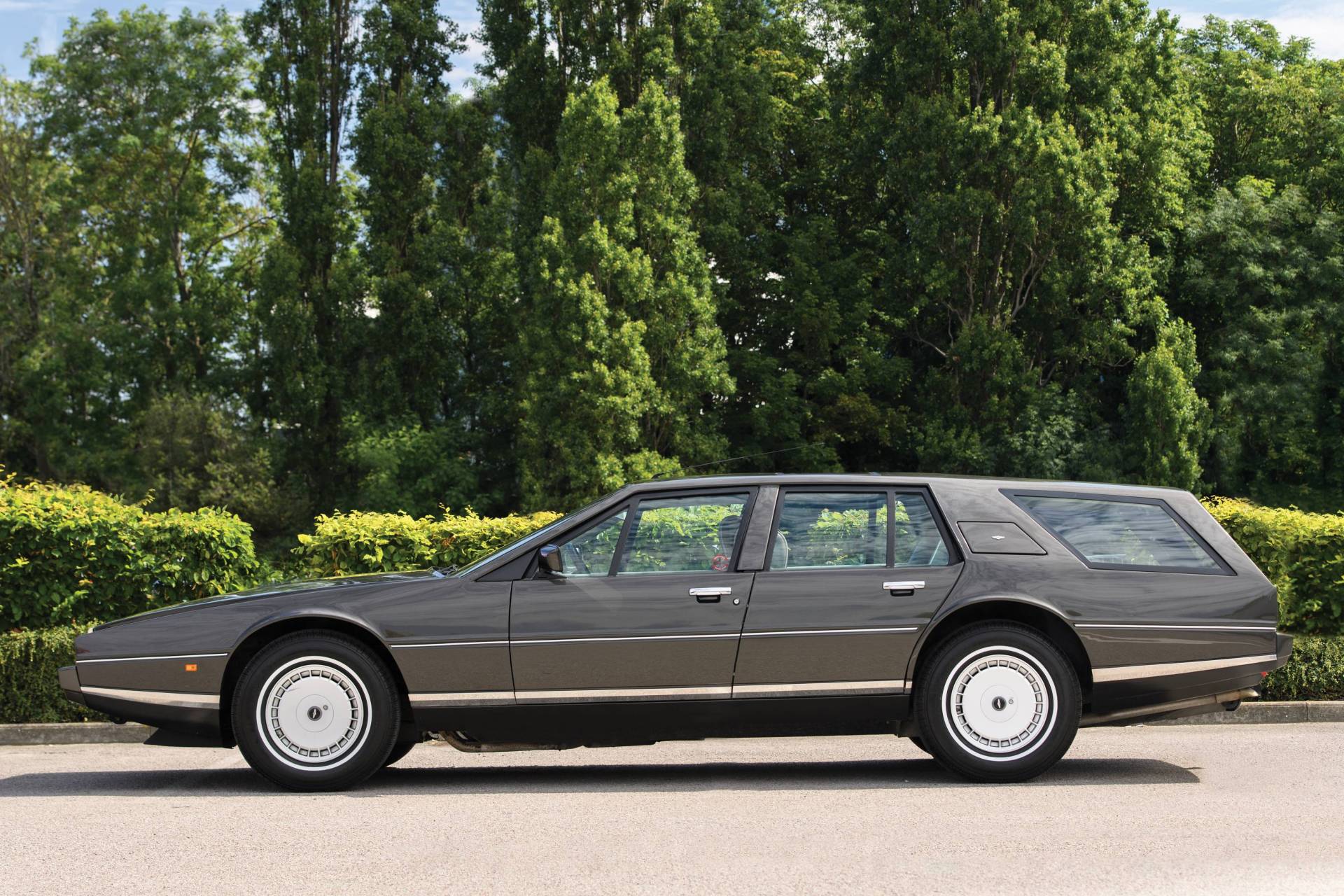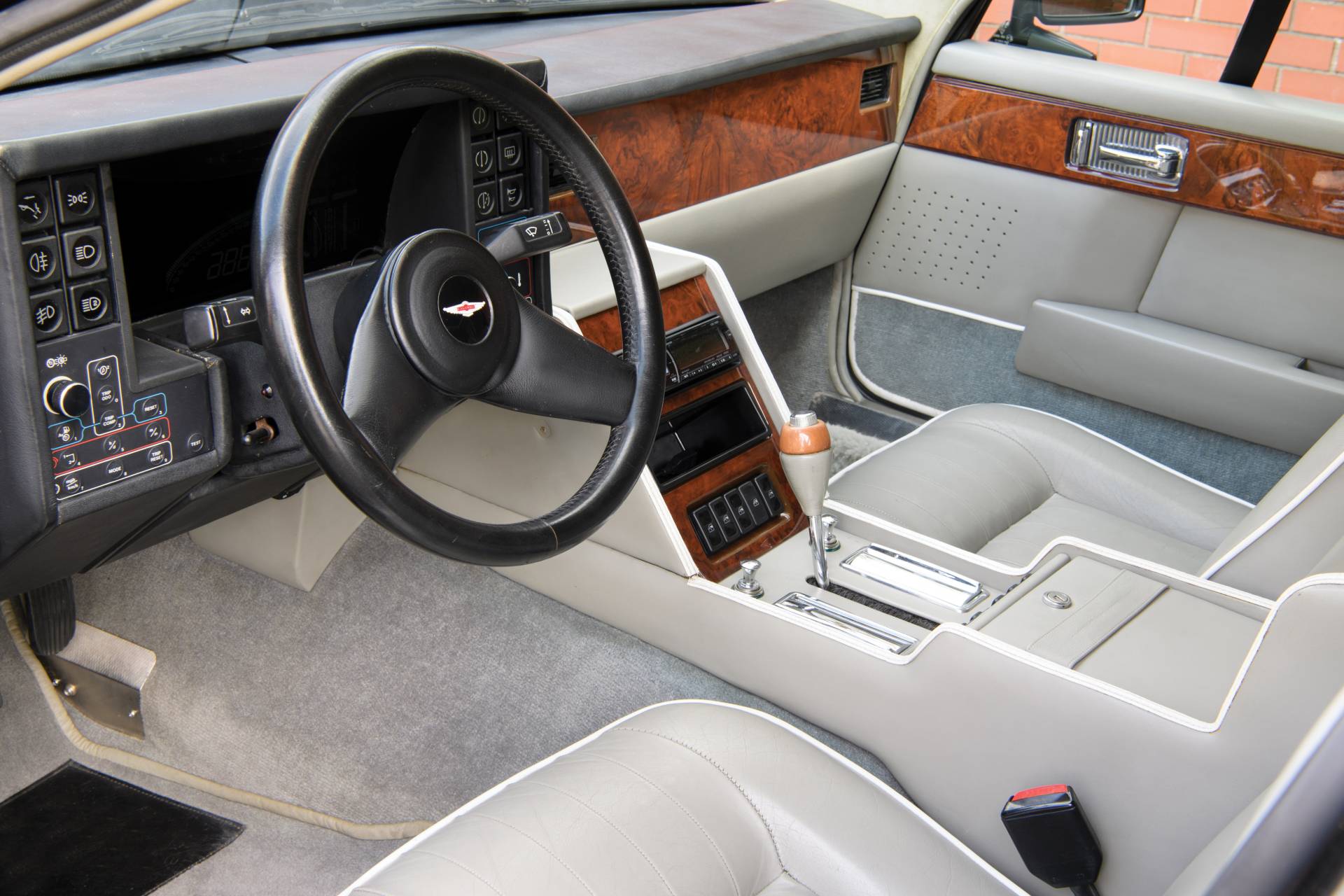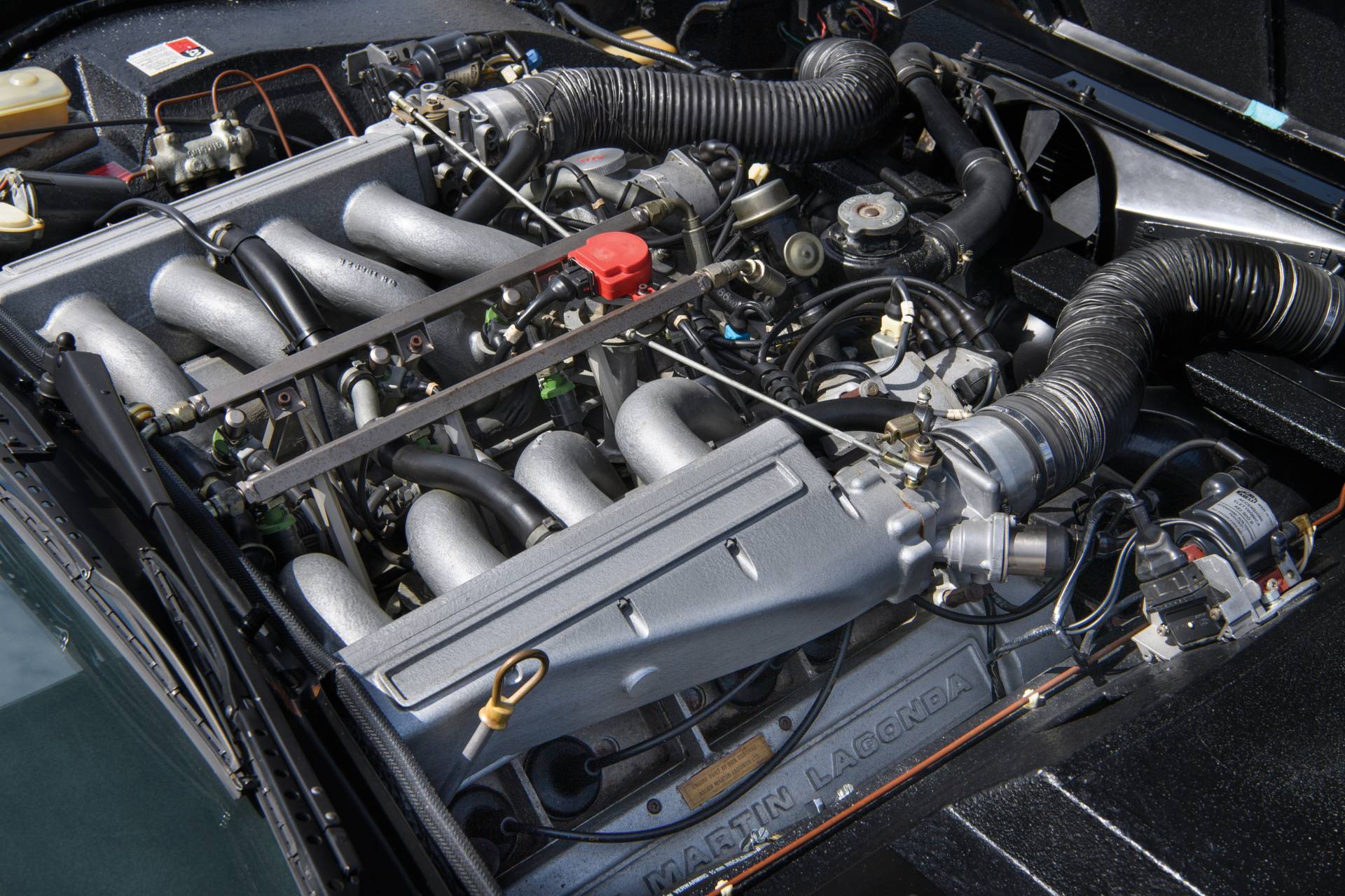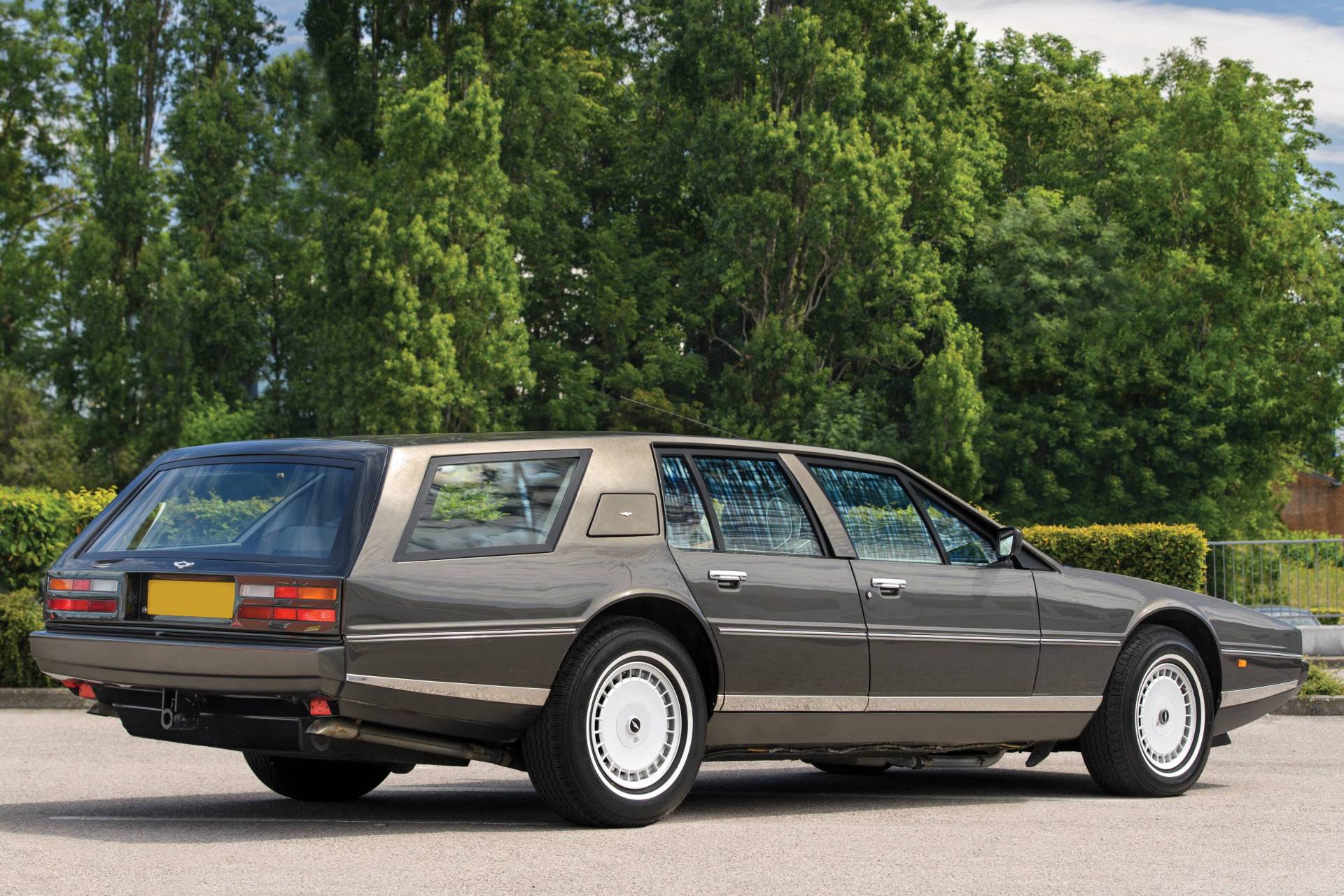Aston Martin has a long history of shooting brakes, whether crafted in house or by coachbuilding companies.
There are many rare models that surface from time to time, but very few match the rarity of an Aston Martin Lagonda Shooting Brake. For starters, the saloon was built in a run of only 645 cars over 12 years. The Lagonda being a highly-complex car for the era, it had many reliability issues which means not many examples survive to this day.
The Lagonda Shooting Brake, on the other hand, is on a totally different level of rarity. The factory in Newport Pagnell never built one, so it was left up to coachbuilders. The first attempt came from Switzerland’s Roos Engineering in 1996. Made with Aston Martin’s blessing, the conversion was completed in 1999.
Contrary to what was believed, however, that was not the only Lagonda that received the shooting brake treatment. Imitation or not, in 2006 the owner of a 1987 Aston Martin Lagonda Series III commissioned Swedish industrial and automotive designer Ted Mannerfeldt to do a conversion.
Also read: Bespoke Aston Martin V8 Sportsman Shooting Brake To Go Under The Hammer
The owner wanted the car to be modified in the spirit of older shooting brake conversions such as the DB5 by Radford and the DB6 by Panelcraft. While the design brief took inspiration from Roos Engineering’s Lagonda conversion, the result is significantly different.
The goal was to achieve a more harmonious incorporation of the shooting brake design into the original lines of the car. More specifically, the owner wanted the distinctive C-pillars preserved, as well as the symmetry of William Towns’ original angular design.
We’ll let you decide if that’s the case by looking at the photos of the Lagonda Shooting Brake which will go under the hammer on August 15 at RM Sotheby’s Monterey Sale. Offered without reserve, the vehicle is expected to fetch between $150,000 and $200,000. Considering that it’s practically a one-off, we believe that’s a more than reasonable offer, especially if you like your cars shaped like anteaters.



